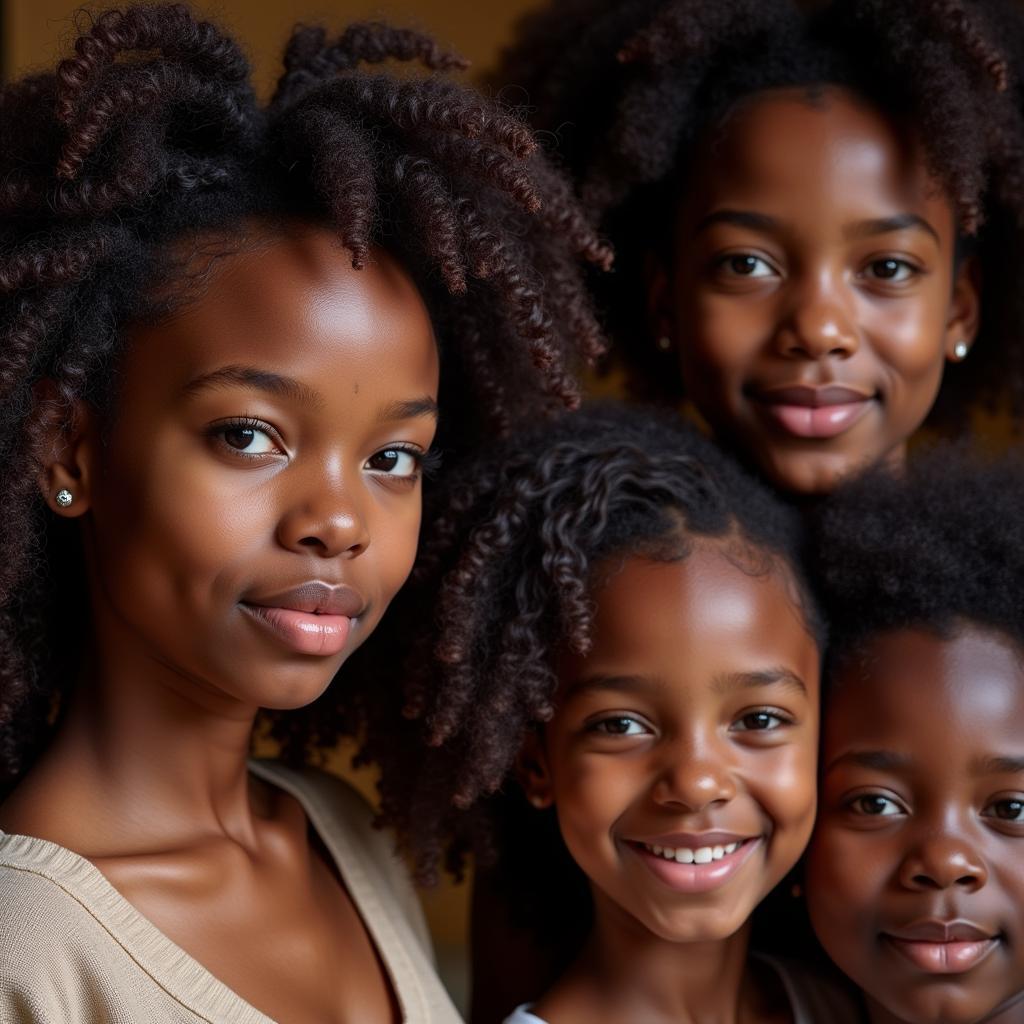Unraveling the Beauty of African Batik: Facts, History, and Significance
African batik, a vibrant textile art form, tells stories through intricate patterns and bold colors. This ancient technique, found across the African continent, produces stunning fabrics used for clothing, wall hangings, and more. Let’s delve into the fascinating world of African batik, exploring its history, techniques, and cultural significance.
The Ancient Roots and Evolution of African Batik
While many associate batik with Indonesia, evidence suggests its presence in Africa dates back centuries. Archaeological discoveries in Egypt and Mali point to early forms of resist-dyeing techniques on textiles. Trade routes played a crucial role in the spread of batik knowledge and practices.
What Makes African Batik Unique?
Although sharing core principles with Indonesian batik, African batik distinguishes itself through distinct stylistic elements:
- Symbolic Motifs: African batik designs often incorporate symbolic patterns representing proverbs, myths, animals, and social status.
- Bold and Earthy Colors: Natural dyes derived from plants, insects, and minerals create the characteristically rich and earthy color palette.
- Cultural Diversity: From the intricate designs of the Yoruba people in Nigeria to the geometric patterns of the Asante in Ghana, each region boasts its own unique batik traditions.
The Art of Creating African Batik: A Step-by-Step Process
Creating African batik is a labor-intensive process requiring skill and patience:
- Preparing the Fabric: Cotton cloth is often the preferred choice for its ability to absorb dyes effectively.
- Creating the Design: Artisans use a pencil or charcoal to sketch the design onto the fabric.
- Applying the Resist: A resist paste, typically made from cassava starch or beeswax, is applied to the fabric, following the traced design. This resist prevents the dye from penetrating these areas.
- Dyeing the Fabric: The fabric undergoes multiple dyeing stages, with artisans layering colors from lightest to darkest. After each dyeing, the resist is removed by boiling or scraping, revealing the intricate pattern.
- Setting the Design: To ensure colorfastness, the fabric is washed and ironed.
African Batik: Beyond Fashion and Aesthetics
Beyond its visual appeal, African batik holds profound cultural and economic significance:
- Storytelling Through Textiles: Batik designs often serve as visual narratives, conveying historical events, cultural beliefs, or social commentary.
- Symbols of Identity and Status: Specific patterns and colors can indicate a person’s lineage, profession, or social standing within a community.
- Economic Empowerment: Batik production provides livelihoods for numerous artisans and craftspeople across Africa, contributing to local economies.
Preserving and Celebrating African Batik
Today, African batik faces challenges from mass-produced textiles and changing fashion trends. However, many artisans and organizations are working tirelessly to preserve this ancient craft:
- Promoting Fair Trade Practices: Supporting fair trade organizations ensures artisans receive fair wages and recognition for their work.
- Educating Future Generations: Workshops and apprenticeships are vital in transmitting traditional batik knowledge to younger generations.
- Embracing Innovation: While respecting traditional techniques, contemporary African batik artists are exploring new designs and applications for this versatile art form.
The enduring beauty and cultural significance of African batik ensure its continued relevance in the 21st century. By understanding its history, techniques, and the stories woven into each design, we can truly appreciate the artistry and cultural heritage embodied in every piece of African batik.
